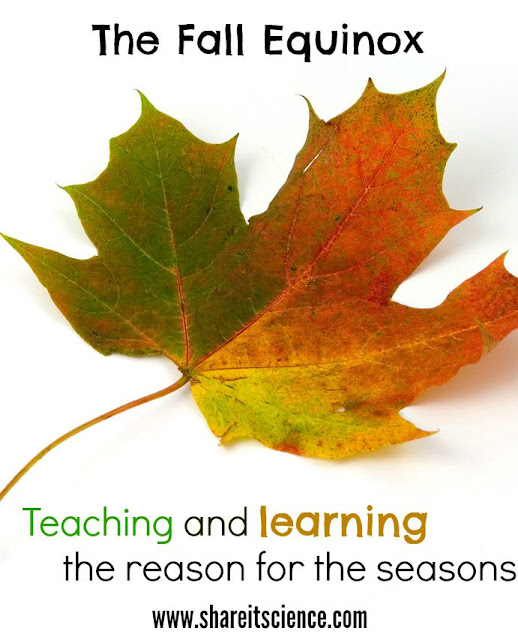With NASA's big announcement about
evidence of water on Mars and this past weekend's Supermoon Eclipse,
I just can't stop thinking about space! So what is the big deal about
water on Mars? Haven't we been talking about evidence of water and
ice on the red planet for the past few years?
This announcement is slightly
different, but immensely more important. Evidence of ice, or water
existing on Mars in the past has been common, but this time around
the evidence is pointing to water intermittently flowing on the
planet in present day.
In order to determine if there is life
as we know it on other planets NASA scientists have followed evidence
of water as their guide. Living things need water, so it stands to
reason if you find water, you could also find life.
Mariner 9, launched in 1971, was the
first to identify evidence of water on Mars when it transmitted
images of riverbeds, canyons, erosion and fog back to Earth. Mariner
9 was the first artificial satellite of Mars, and photomapped 100% of
the martian surface from 1971-1972.
 |
| Scamander Vallis from Mariner 9. By Jim Secosky, NASA image. [Public domain], via Wikimedia Commons |
The Viking program
further
revolutionized our thinking about water on the red planet. The Viking
spacecraft were the first to land safely on the surface of Mars. Both
Viking 1 and Viking 2 reached the planet in 1976. The two pairs of
lander and orbiter systems collected scientific data and photographed
the surface in addition to completing biological experiments aimed to
determine whether their was life on Mars. In the process the Viking
landers discovered many geological features that further indicated
the presence of water historically on the planet, such as deep
valleys and valley networks in addition to erosion on the bedrock.
 |
| Image from Viking program. By Jim Secosky, modified NASA image [Public domain], via Wikimedia Commons |
Investigation and evidence building
toward the discovery of water on Mars continued throughout the next few decades with the Mars Global Surveyor (data on mineral composition),
Mars Pathfinder (temperature readings and evidence of clouds and
maybe fog), Mars Odyssey (evidence of vast regions of ice under the surface of Mars), Phoenix Mars Lander (confirmed evidence
of water ice), Mars Rovers- Spirit and Opportunity, and
finally the Mars Reconnaissance Orbiter (evidence of hot springs,
heavy precipitation, and hydrated salts causing dark streaking).
 |
| Frost at landing site. By Roel Van der Hoorn [Public domain], via Wikimedia Commons |
 |
Mars Odyssey Image by Jim Secosky, modified NASA image.
|
The announcement of present day water
on Mars comes from data from the Mars Reconnaissance Orbiter.
Spectrometer readings showed
hydrated salts that coincide with streaking noticed on the surface.
The concentration of salts would lower the freezing point of briny
water so that it could flow as a liquid. This is the same principle
in place on icy roads in the winter, salt lowers the freezing point
of the water so that the road is not coated with a layer of ice. The
dark streaking on the surface showed how the salty water flowed
downhill during warmer temperatures, and the streaks lightened during
cooler temperatures indicating that the flow has slowed or stopped.
The liquid is most likely just under the surface and wicking to the
surface causing the streaking patterns. This evidence led to NASA's
big announcement about water on Mars.
This announcement is just another step
towards NASA's Journey to Mars, a mission to send
humans to Mars in the 2030's, a goal outlined in the NASA
Authorization Act of 2010 and in the U.S. National Space Policy, also
in 2010.
 |
Mars Streaks. By Jim Secosky modified NASA
image [Public domain], via Wikimedia Commons
|
There are so many ways to use this
historic announcement to raise interest in space education. NASA has
a wealth of information and teaching resources that you will in the
resources section below. You can also keep up with all things NASA at
home or in the classroom with NASA TV, a live stream on YouTube.
Read more:
- NASA: "NASA Confirms Evidence that Liquid Water Flows on Today's Mars"
- NY Times: "Mars Shows Signs of Having Flowing Water, Possible Niches for Life, NASA Says"
Mars Books for Children: (affiliate links, click image for book info)
- NASA's Journey to Mars
- NASA' Mars for Educators
- NASA Mars for Kids
- Current NASA Mars Missions
- How To Smile: The Best Science and Math Lessons and Activities on Mars

















